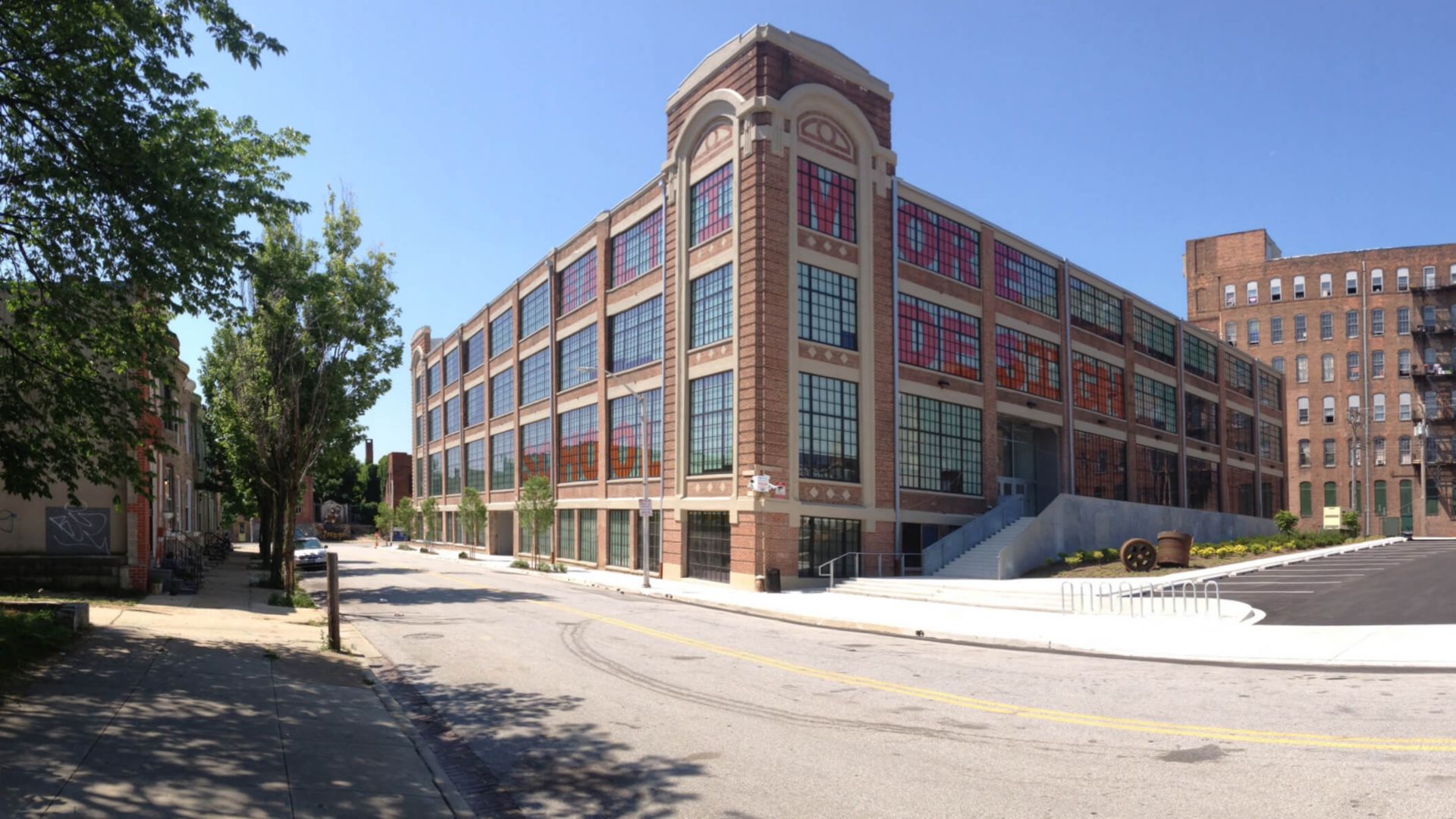2014
Baltimore, MD
Sustainable solutions are vital for the future of our world. Though the concrete repair industry isn’t always recognized for making sustainable efforts, Sika takes pride in creating products and solutions that are long-lasting with minimal impact on the environment while also aiming to restore existing structures if they can be saved. The sustainable impact of creating new buildings can end up being less eco-friendly than reinstating historic structures.
According to a new study by National Trust, creating a new building that is around 30% more energy efficient will take around 10 to 80 years to overcome the negative climate change impacts resulting from the construction of the new building. The study also states that renovating existing buildings can avoid unnecessary carbon emissions and help communities achieve carbon reduction goals. The Baltimore Design School project is an example of how Sika is taking the necessary steps to creating sustainable solutions in the construction industry for the future generations.
History
Located in Baltimore, MD, the Baltimore Design School was built over a century ago and has a vast history. From humble beginnings, this 115,000 square foot structure was the home of Crown Cork and Seal Company, known as the inventors of the bottle cap. In the 1970s, this building was transformed into a factor for Lebow Bros. to produce men’s suits. After being abandoned for 25 years, the Baltimore Design School was founded in 2010.
Sika's Solution
After the building was cleaned out from everything left over those 25 years, the restoration could begin. Crack repairs were made to the building both structural and non-structural to ensure the building was structurally sound. Next concrete repairs were made to any surviving rebar as well as to any ceilings and architectural features such as the exterior arches. Roof slabs needed reinforcement to bring the slabs back to their safe, load-bearing capacity. Joints were sealed and there was a strategic method used in the corrosion mitigation as to impede any carbonation induced corrosion for the future. Lastly, there were protective and architectural coatings applied to the interior and exterior of the Baltimore Design School to maintain the original feel of the building and preserving the historical components.
The Transformation for the Future
The sustainable efforts made in this project to transform the building from disarray to a state-of-the-art teaching facility are undeniable. This historic structure has advanced methods of concrete repair, protection and structural strengthening that will last for years as the students flock to the school to gain design knowledge for the years to come. The sustainable solutions made to preserve the building’s historic features while also adding modern design shows that the Baltimore Design School is the staple project for sustainability.

